What Does A Polarized Filter Do ?
A polarized filter is an optical device that selectively blocks certain types of light waves, allowing only light waves that are oriented in a specific direction to pass through. It is commonly used in photography, sunglasses, and various other applications. The main function of a polarized filter is to reduce glare and improve visibility by blocking horizontally polarized light waves. This helps to enhance contrast, reduce reflections, and improve color saturation. Polarized filters are particularly useful in outdoor settings, such as when photographing landscapes or when engaging in activities like fishing or skiing, where glare from water or snow can be a problem.
1、 Reduces glare and reflections from non-metallic surfaces.
A polarized filter is a type of optical filter that is commonly used in photography and other applications to reduce glare and reflections from non-metallic surfaces. It works by selectively blocking certain light waves that are oriented in a specific direction.
When light reflects off a non-metallic surface such as water, glass, or foliage, it becomes polarized, meaning the light waves align in a specific direction. This polarized light can cause glare and reflections, which can be distracting and reduce the clarity of an image. A polarized filter helps to eliminate these unwanted reflections by only allowing light waves that are aligned in a certain direction to pass through.
By reducing glare and reflections, a polarized filter can greatly enhance the quality of photographs, especially in outdoor settings. It can make skies appear bluer, water appear clearer, and foliage appear more vibrant. Additionally, it can also improve the visibility of objects underwater, making it a valuable tool for underwater photography.
In addition to photography, polarized filters are also used in various other applications. They are commonly used in sunglasses to reduce glare from the sun, making them popular among outdoor enthusiasts and drivers. They are also used in LCD screens to improve visibility by reducing reflections.
It is important to note that while polarized filters are highly effective in reducing glare and reflections, they can also affect the overall brightness of an image. This is because they block a significant amount of light. Therefore, it is necessary to adjust the exposure settings accordingly when using a polarized filter.
In recent years, there has been some debate about the use of polarized filters in certain situations. Some argue that they can interfere with the visibility of certain digital displays, such as those found in airplanes or on smartphones. However, advancements in technology have led to the development of polarized filters that are specifically designed to minimize these issues.
Overall, a polarized filter is a valuable tool for reducing glare and reflections from non-metallic surfaces. Whether in photography, sunglasses, or LCD screens, it helps to enhance visibility and improve the quality of images.
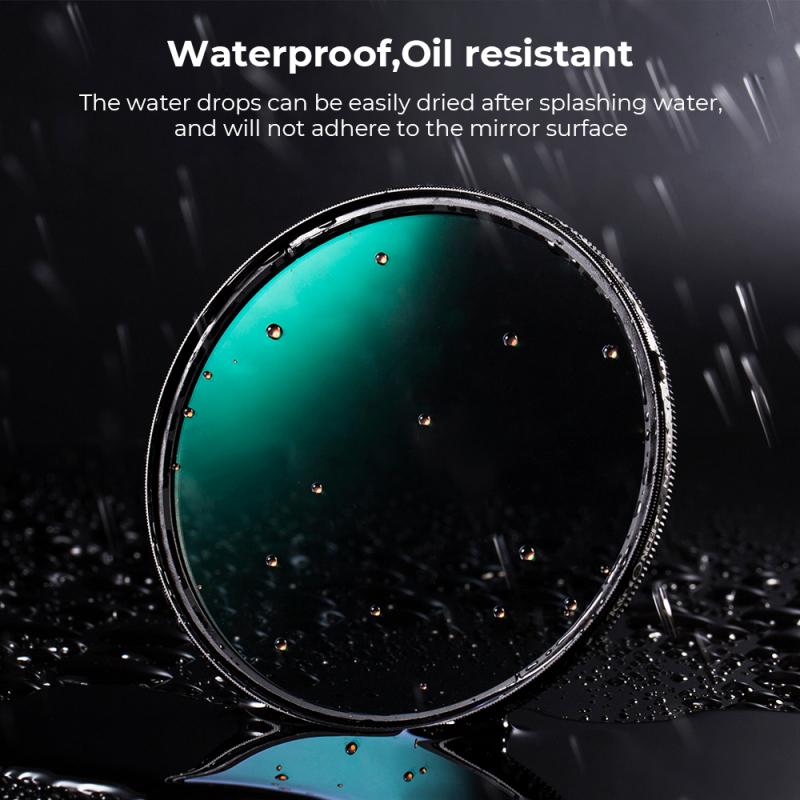
2、 Enhances color saturation and contrast in photographs.
A polarized filter is a valuable tool in photography that enhances color saturation and contrast in photographs. It achieves this by reducing glare and reflections from non-metallic surfaces such as water, glass, and foliage. By selectively blocking certain light waves, a polarized filter allows only light waves that are aligned in a specific direction to pass through, resulting in a more vibrant and detailed image.
When light reflects off a non-metallic surface, it becomes polarized, meaning the light waves align in a specific direction. This polarized light can cause unwanted reflections and glare, which can wash out colors and reduce contrast in photographs. By using a polarized filter, photographers can effectively control and minimize these reflections, resulting in a more visually appealing image.
In addition to enhancing color saturation and contrast, a polarized filter also helps to improve the overall clarity and sharpness of a photograph. By reducing glare and reflections, the filter allows the camera to capture more detail and texture in the subject. This is particularly useful when photographing landscapes, where the filter can bring out the rich colors of the sky, water, and foliage, making them appear more vibrant and vivid.
It is important to note that the effectiveness of a polarized filter can vary depending on the angle of the light source and the position of the photographer. Therefore, it is necessary to adjust the filter accordingly to achieve the desired effect. Additionally, polarized filters can also darken the overall exposure of the image, so it is important to compensate for this by adjusting the camera settings or using additional lighting if necessary.
In conclusion, a polarized filter is a valuable tool for photographers as it enhances color saturation and contrast in photographs by reducing glare and reflections. It allows for more vibrant and detailed images, particularly when capturing landscapes and scenes with non-metallic surfaces.

3、 Improves visibility in bright sunlight or snowy conditions.
A polarized filter is a type of optical filter that is commonly used in sunglasses, cameras, and other devices to improve visibility in bright sunlight or snowy conditions. It works by selectively blocking certain types of light waves, reducing glare and increasing contrast.
When light reflects off a surface, such as water or snow, it becomes polarized, meaning the light waves align in a specific direction. This polarized light can create intense glare, making it difficult to see clearly. A polarized filter is designed to block these polarized light waves, allowing only the desired light to pass through.
By reducing glare, a polarized filter improves visibility and enhances the overall visual experience. It helps to see objects more clearly, especially in situations where there is a lot of reflected light, such as on a sunny day at the beach or while skiing on a snowy slope. The filter also enhances color saturation and contrast, making colors appear more vibrant and details more defined.
In addition to its practical applications, the use of polarized filters has also gained popularity in the field of photography. Photographers often use polarizing filters to capture more vivid and dramatic images. By reducing glare and reflections, these filters can enhance the clarity of the subject and the overall composition of the photograph.
It is important to note that while polarized filters offer numerous benefits, they may also have some limitations. For example, they can interfere with the visibility of certain digital screens, such as those on smartphones or GPS devices. Additionally, polarized filters may not be suitable for all lighting conditions, as they can darken the overall image. Therefore, it is important to consider the specific requirements of the situation before using a polarized filter.
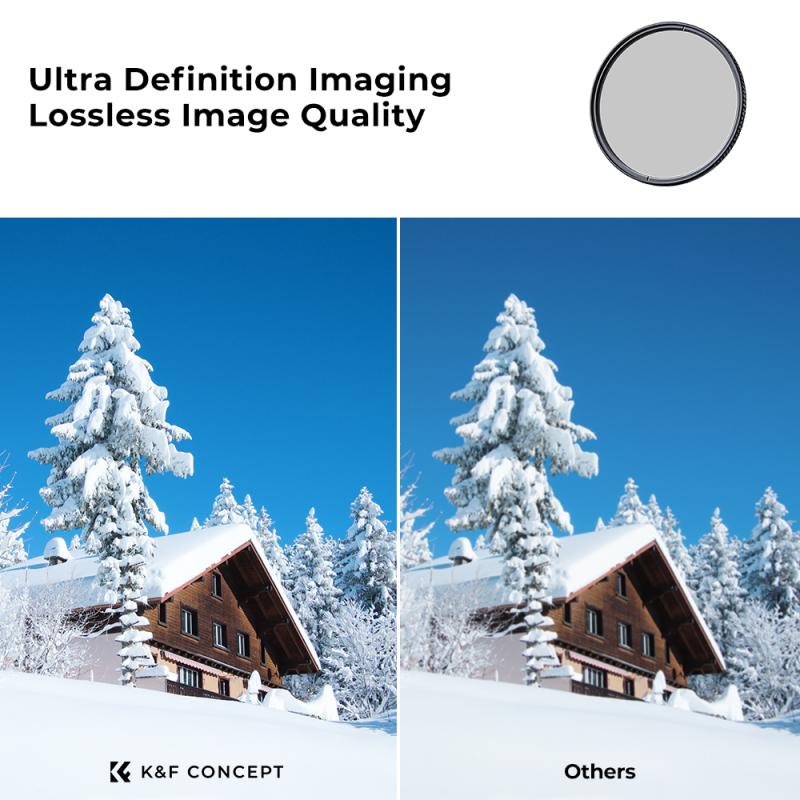
4、 Minimizes haze and atmospheric distortion in landscape photography.
A polarized filter is a valuable tool in landscape photography as it minimizes haze and atmospheric distortion, resulting in clearer and more vibrant images. When light reflects off non-metallic surfaces such as water, glass, or foliage, it becomes polarized, meaning the light waves align in a specific direction. This polarization can cause unwanted glare and reflections, reducing the overall clarity and color saturation of the photograph.
By using a polarized filter, photographers can selectively block certain polarized light waves, allowing only the desired light to pass through the lens. This helps to reduce glare and reflections, resulting in a clearer image with improved contrast and color saturation. The filter also helps to darken the sky, making clouds appear more pronounced and colors more vibrant.
In addition to minimizing haze and atmospheric distortion, polarized filters can also enhance the overall mood and atmosphere of a landscape photograph. By reducing glare and reflections, the filter allows the true colors and textures of the scene to shine through, creating a more immersive and captivating image.
It is important to note that the effectiveness of a polarized filter can vary depending on the angle of the light source and the photographer's position relative to the subject. Therefore, it is necessary to adjust the filter's orientation by rotating it until the desired effect is achieved.
In recent years, advancements in digital post-processing techniques have allowed photographers to mimic the effects of a polarized filter to some extent. However, it is still widely acknowledged that using an actual polarized filter during the photography process produces superior results. The filter not only reduces the amount of post-processing required but also preserves the authenticity and natural beauty of the scene.
Overall, a polarized filter is an essential tool for landscape photographers as it minimizes haze and atmospheric distortion, resulting in clearer and more vibrant images. It enhances the overall quality and visual impact of the photograph, allowing viewers to experience the scene in its truest form.
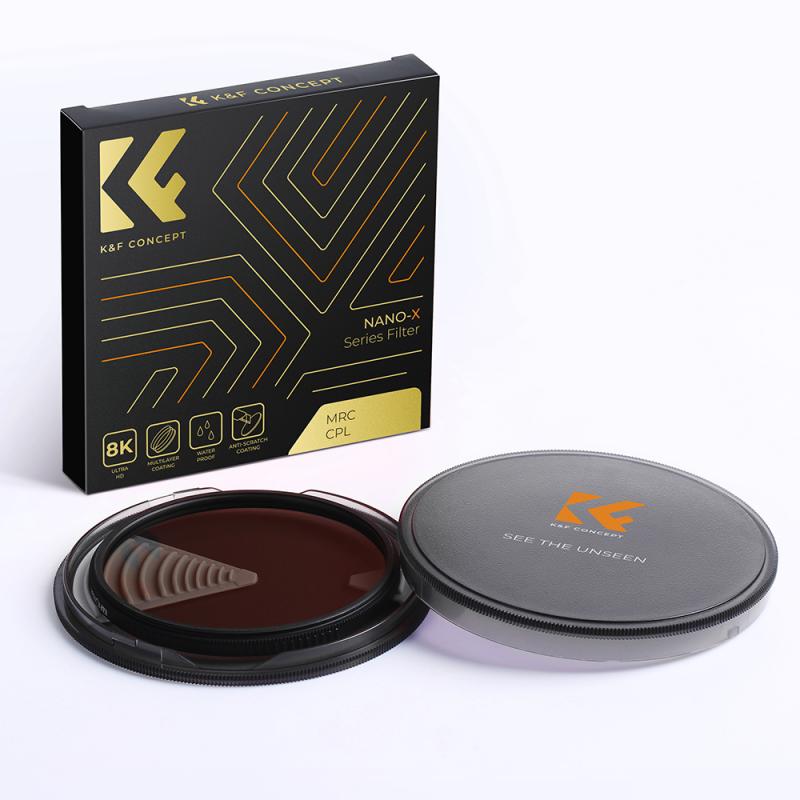



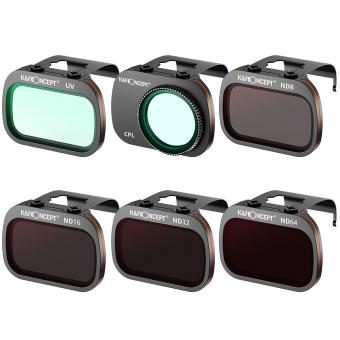
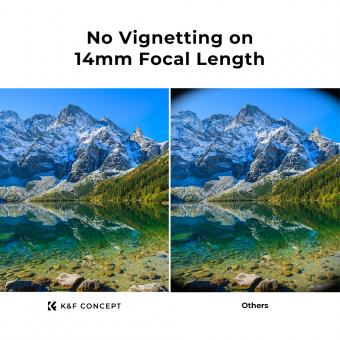








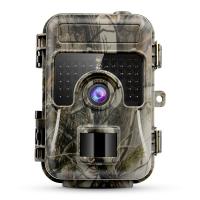







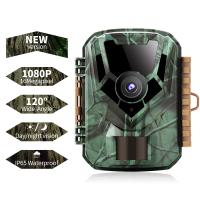


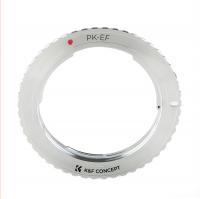





There are no comments for this blog.